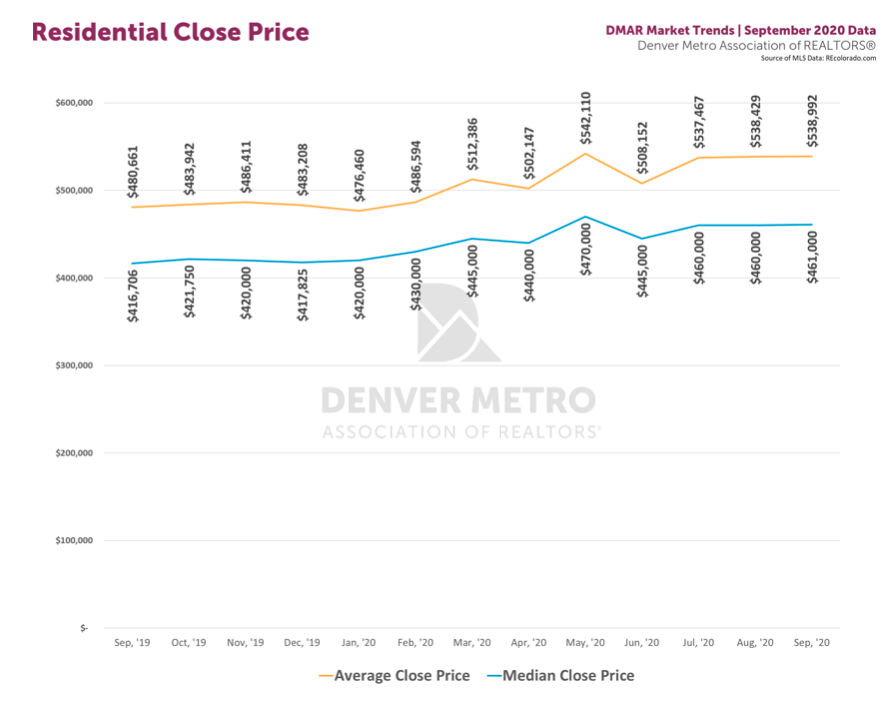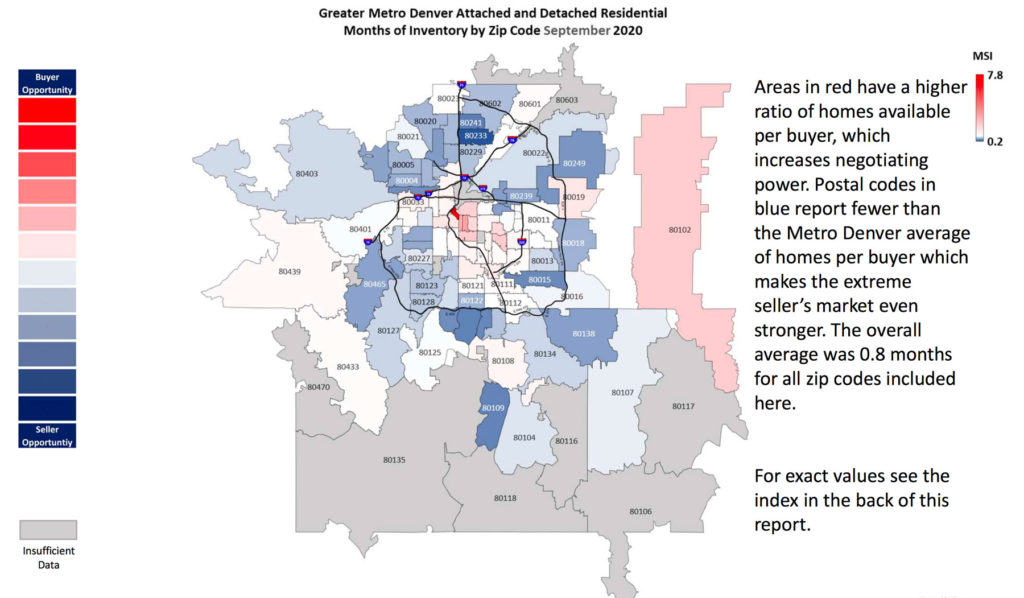Denver’s wide-open spaces a magnet to buyers
People have always been attracted to the Denver area — the proximity to mountains, which offer both easy access to world-class recreation, acres of wild lands to explore and an uplifting scenic backdrop to daily life.

Reach out to me at kharris@milehimodern.com for with questions
Covid-19 has accelerated this appeal, as urbanites across the U.S., forced to confront their home and home regions more intimately probably than they ever have, evaluate their home, their local recreation options and quality of life, and discover they want to be somewhere more appealing, both inside and out.

No matter where you are, the mountains are never far.
Given that many employers have rolled out more flexible work-from-home policies, some employees find that they aren’t tied to the city where their job was located. I get calls frequently like the one from a San Diego buyer who is looking to work, remotely, from Denver!
We don’t have formal migration stats yet to support just how much Denver immigration is taking place, but prices, and my experience with clients, friends and colleagues tells a clear story.
High Prices
First of all, as I’ve chronicled over the last several months on this blog, since cresting the $500,000 mark for the first time ever in March 2020, Denver metro average home sale prices have continued their record highs with each month. September’s average close price of $538,992, represents a 12.14 percent jump from September 2019, and just a few thousand off the all-time high from May 2020.

Source: Denver Metro Association of Realtors
Denver’s nationwide allure is attracting buyers from all over the country, which is helping push these prices to their highs. Those of us who live here know the appeal, but the nation’s picking up on the standout lifestyles the area supports — the U.S. News and World Report 2020-21 recently released ranking of the top U.S. places to live put Boulder and Denver at Nos. 1 and 2, respectively!!!! (In addition, these cities’ Front Range cousins Colorado Springs and Fort Collins, came in at No. 4 and No. 5, respectively).
[button color=”primary” link=”mailto:kharris@milehimodern.com” size=”default”]Questions?[/button]
The migration
The Denver migration happens two-fold. People outside the metro are looking to move here for more space, land and quality of life, and those already here, are beginning to look further afield into the suburbs and mountains for their own deepened sense of space.
A heat map from First American Title that shows relative demand in the Denver metro area for September 2020 reveals the greater degree of demand buyers have for area suburbs now relative to the city center (see it below). The areas in blue indicate increased relative buyer demand; those in red indicate less relative buyer demand.
You can see in the map below the Denver city center scattered in red and white, while shades of blue skirt the city. Some of the relative demand has to do with a discrepancy in demand relative to home prices (as we’ve chronicled, higher-priced homes, those over approximately $1 million which are prevalent in Denver proper, have much less demand in general those below that mark).

Source: First American Title
I’m seeing this play out on the ground, too. I have clients who sold in Denver’s Observatory Park neighborhood to get into Cherry Hills, out of the city, for more room and space.
Some first-time homebuyers I’m working with, whose budget sits at approximately $450,000, have begun considering homes further afield, even an hour away from work in Denver. If they only have to go into the office once per week, under new flexible working conditions, that becomes much more doable for homeowners.
On the other side, I have a CEO friend in Washington Park looking to move to 35 acres in Beaver Creek. With the pandemic reducing the frequency of his travel, he’s asking, “Why not have this amazing view of a pond and mountains?”
Denver Home Trend
Along with the migration, I’m seeing more demand in general for more land, more privacy and access to local amenities such as swimming pools. The pandemic is forcing all of us to reevaluate and reprioritize what’s important.
And home ranks up there as perhaps the most important, behind family, of course.
Buyers are not just looking for a home office and a gym, I’ve begun to notice, but are looking for homes that offer great setups for two home offices, to give a working couple productive space to work from home.


